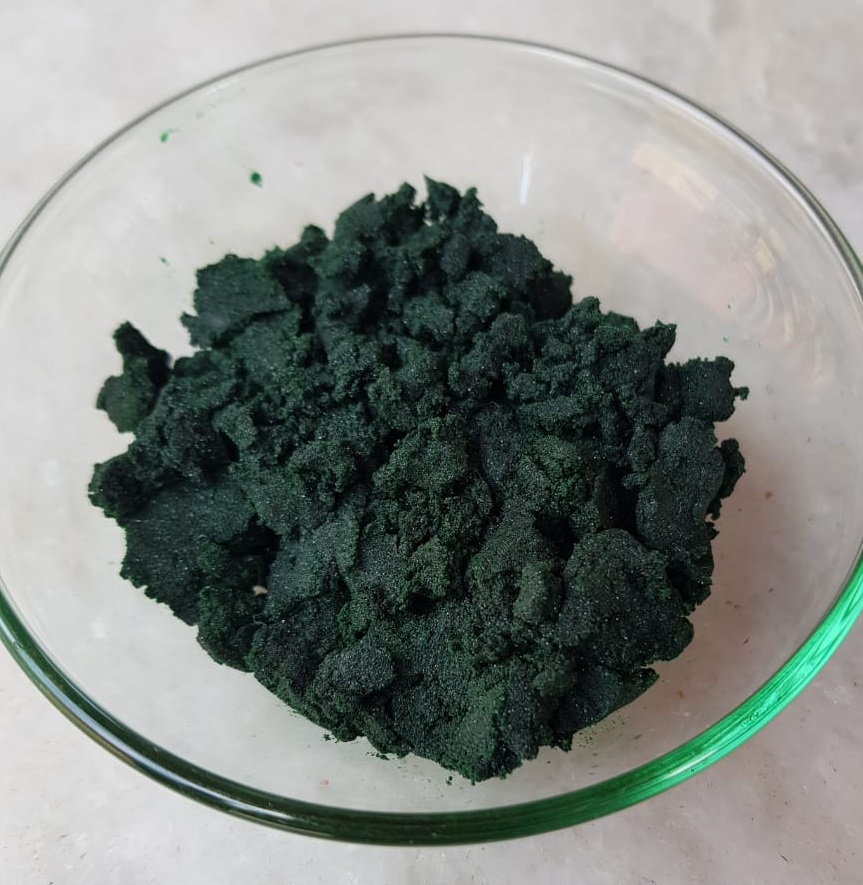
Describe the direction of the heat transfer. The chlorine atom has a covalent radius of 102±4 pm and its Van der Waals radius is 175 pm. When chromium chloride, CrCl2, is dissolved in water, the temperature of the water decreases. Its electron configuration is Ne3s 2 3p 5. Chlorine is a Block P, Group 17, Period 3 element. Fe (OH) 2 is not soluble in aqueous NaOH. Due to its various colorful compounds, Chromium was named after the Greek word chroma. Because of the heat produced in the reaction and the concentration of the solution formed, hydrogen ions and chloride ions in the mixture combine together as hydrogen chloride (\(HCl\)) molecules and are given off as a gas. You can see the precipitate given related to the CrCl 3 solution will dissolve in excess NaOH. If chromium must be precipitated to a level less than 0.5 mg/l the pH must be operated at 7.0-8.0. A pH value of 9 9.5 will usually precipitate both ions to their required level.

chloride is capable of absorbing up to 3 water. The effluent limitations for chromium and nickel are both 2.4 mg/l to discharge to a city sewer in the U.S. Its colour changes between pale green, dark green and violet depending on how many of the chromium ions six coordination sites are occupied by chloride rather. If there is little water present, hydrogen chloride gas is produced. Calcium chloride (exothermic) and ammonium chloride (endothermic) are added to water. The Heat Capacities ofChromium, Chromic Oxide, Chromous Chloride and.


 0 kommentar(er)
0 kommentar(er)
